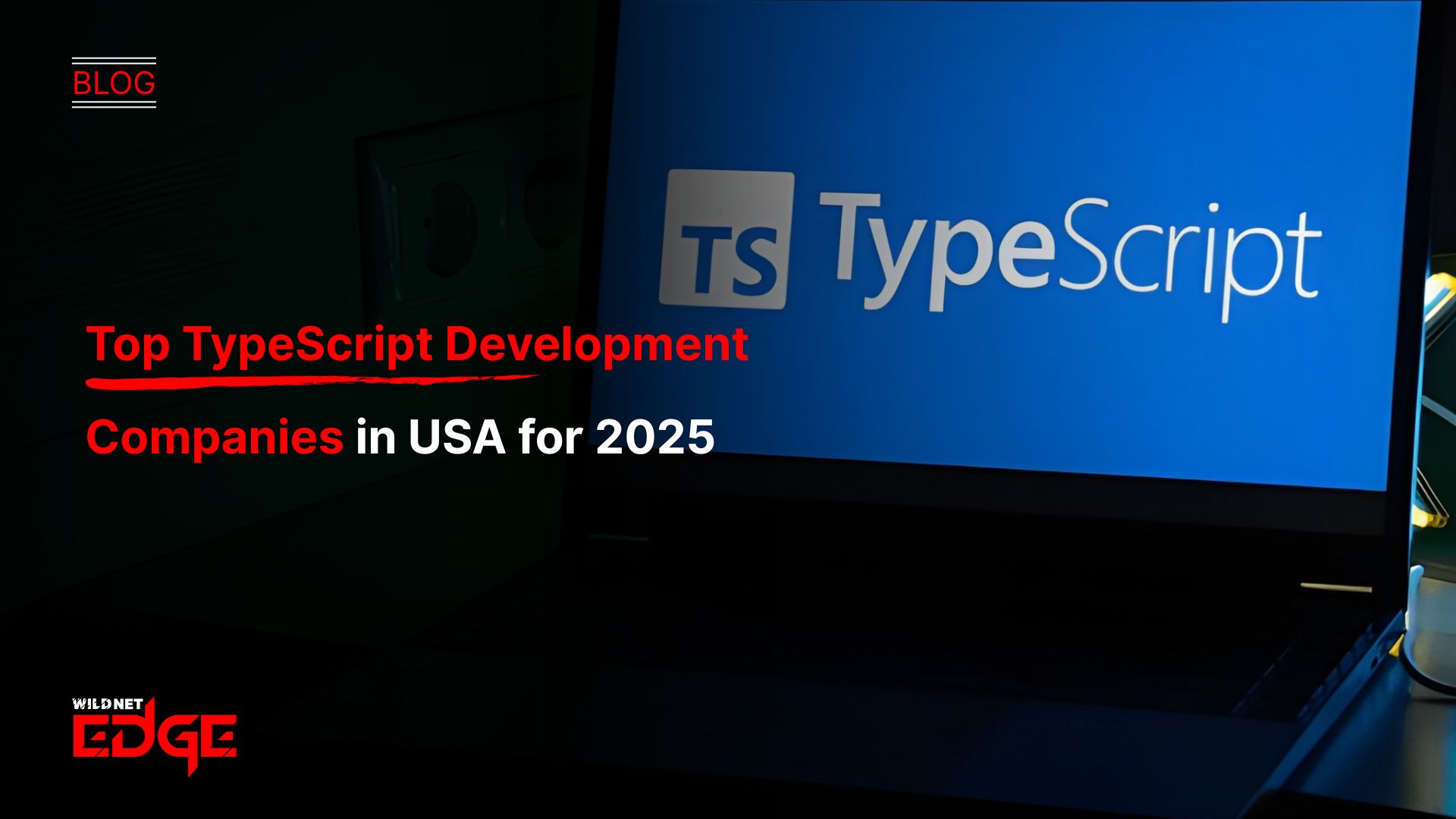You’re faced with managing an ever-growing number of IoT devices. Are you struggling to keep track of them all? Without effective IoT device management, you risk inefficiencies and missed opportunities. In this guide, we’ll walk you through a step-by-step implementation roadmap. Understanding what key performance indicators (KPIs) matter is crucial for measuring success. Let’s dive into the essentials that will elevate your IoT strategy.
Understanding IoT Device Management KPIs
Importance of KPIs
Key Performance Indicators (KPIs) serve as the vital statistics that help measure the effectiveness of your IoT device management strategy. But why are KPIs essential? They provide clear, quantifiable metrics that make it possible to evaluate your performance and drive improvements. For any organization dealing with a multitude of IoT devices, the ability to gauge success through specific KPIs can mean the difference between a thriving operation and one that’s struggling to keep up.
Let’s delve deeper into the importance of KPIs:
- Performance Measurement: By tracking specific KPIs, organizations can identify areas needing improvement and make data-driven decisions.
- Strategic Alignment: Effective KPIs align with business objectives, ensuring that your IoT strategy supports broader company goals.
- Resource Allocation: Tracking KPIs allows businesses to allocate resources more effectively, ensuring that investments are made in areas that deliver the best returns.
- Benchmarking: KPIs provide a standard against which organizations can compare their performance, aiding in identifying industry benchmarks and setting realistic goals.
In summary, KPIs are not just numbers; they are a road map to better decision-making and strategy refinement in IoT device management.
Common IoT Device Management KPIs
Here are some common and vital KPIs you should consider:
- Device Uptime: This measures the availability of devices and is crucial for reliability assessments. A higher percentage of uptime indicates effective device management.
- Cost per Device: Understanding how much each device costs to maintain helps in budgeting and ROI calculations. This should consider acquisition, maintenance, and operational costs.
- Network Latency: For IoT devices, delays can impact overall system performance. Monitoring network latency helps in assessing connectivity issues that could affect device responsiveness.
- User Engagement Levels: This is especially important in IoT applications with user interfaces, as higher engagement signals that the system is meeting user needs effectively.
- Lifecycle Management Efficiency: This KPI monitors how well devices are managed throughout their lifecycle, from deployment to decommissioning.
Incorporating these KPIs into your strategy can streamline operations, improve efficiencies, and increase your return on investment (ROI).
Creating an Effective ROI Framework
Measuring ROI in IoT Device Management
Return on Investment (ROI) for IoT device management is a critical element that helps organizations assess the value generated from their IoT investments. Measuring ROI begins with defining relevant financial metrics attainable through IoT implementations.
Return on Investment can be calculated using the formula:
[ \text{ROI} = \frac{\text{Net Profit}}{\text{Total Investment}} \times 100 ]
To maximize ROI, key considerations include:
- Cost Savings: Identify reductions in operational costs due to improved efficiencies offered by IoT devices. For instance, automating processes through IoT can substantially reduce labor costs.
- Enhanced Revenue Streams: Analyze the increase in revenue directly attributed to IoT initiatives, such as improved customer retention or the launch of new offerings enabled by IoT.
- Strategic Cost Avoidance: Examine expenses saved from preventing incidents, such as equipment failures or operational downtimes, due to proactive monitoring facilitated by IoT technologies.
Proactive measurement of these factors can provide a comprehensive view of the ROI associated with your IoT device management strategy.
Tools for Building an Effective ROI Framework
Building an effective ROI framework may initially seem daunting, but numerous tools can simplify the process. Consider the following tools and frameworks:
- Analytics Dashboards: Platforms like Tableau or Power BI enable visualization of performance data, making it easier to calculate KPIs and ROI metrics.
- Financial Modeling Software: Programs like Excel or specific financial modeling tools assist in simulating various ROI scenarios, helping to evaluate potential gains from IoT investments.
- IoT Platforms: Solutions such as AWS IoT or Azure IoT provide built-in analytics to track performance, enabling you to measure the ROI effectively from the outset.
Incorporating these tools into your IoT device management processes can streamline the assessment of financial impacts, thereby enhancing your overall strategy.
Partnering with a Software Development Company
Benefits of Working with an Experienced Company
When embarking on the journey of IoT device management, partnering with a software development company can provide substantial advantages. Experienced developers bring technical expertise, industry knowledge, and innovative solutions that can significantly enhance your IoT capabilities.
Here are some invaluable benefits of working with a skilled software development company:
- Custom Solutions: Tailored applications can address specific business needs, ensuring that your IoT solution is uniquely positioned to handle your requirements.
- Seamless Integration: Professionals can ensure that your IoT devices integrate smoothly with existing corporate systems, enabling a cohesive operational framework.
- Skilled Talent Pool: Companies often come with a diverse team of specialists, including web developers, mobile app developers, and data analysts, who can drive your IoT strategy forward.
- Ongoing Support and Maintenance: A trusted partner will provide continuous updates and tech support, thereby minimizing downtime and ensuring your systems remain efficient.
By leveraging the expertise of a software development company, organizations can mitigate risks commonly associated with IoT implementation and take full advantage of the technology.
Key Considerations When Choosing a Software Development Company
Choosing the right software development company can significantly impact your IoT device management success. Here are critical considerations to guide your selection:
- Project Portfolio: Look for companies with a proven track record of successfully delivering IoT projects similar to yours. This showcases their relevance and expertise.
- Client Testimonials: Research reviews and case studies that highlight previous clients’ experiences, providing insight into the company’s reliability and competence.
- Technical Expertise: Ensure the company has proficiency in IoT technologies and frameworks such as MQTT, CoAP, or even blockchain for advanced security measures.
- Development Methodologies: Identify if the company adheres to Agile practices, which can facilitate flexible and responsive project management.
Carefully considering these aspects will enable business leaders to choose a partner that not only understands their objectives but can also execute them effectively.
Selecting a Top Mobile App Development Company
Role of Mobile Apps in IoT Device Management
Mobile apps are increasingly becoming crucial in effectively managing IoT devices. They provide users with an intuitive interface for real-time monitoring and control of connected devices, enabling better operational oversight and responsiveness.
Consider these ways mobile apps enhance IoT device management:
- User-Friendly Interface: Apps serve to present complex data in a more digestible format, allowing operators to act quickly based on real-time insights.
- Remote Monitoring and Control: Users can manage devices from any location, providing flexibility and agility in operational management.
- Notifications and Alerts: Mobile apps can send instant alerts about device status, impending failures, or security issues, allowing for fast intervention and minimizing potential damages.
- Data Accessibility: Storing data within apps allows stakeholders easy access to performance reports and analytics, enabling informed decision-making.
As IoT integration continues to expand, the role of mobile apps will only grow more significant in how organizations manage their connected ecosystems.
Criteria for Choosing a Mobile App Development Company
Selecting a capable mobile app development company is critical for successful IoT device management. Here are essential criteria to consider:
- Technical Expertise: The company should demonstrate proficiency in the specific technologies required for your IoT strategy, such as Android, iOS, or cross-platform frameworks like Flutter.
- Development Process: Review their app development lifecycle to ensure they follow best practices, including user testing, quality assurance, and timely updates.
- Post-Launch Support: Evaluate what support and maintenance they offer post-launch to resolve issues and adapt the app to evolving business needs quickly.
- Integration Capabilities: Ensure the company can seamlessly integrate the mobile app with your IoT devices and existing backend systems.
Taking these criteria into account will help you choose a mobile app development company that aligns with your needs and can contribute effectively to your IoT device management strategy.
Implementing Security Best Practices for IoT Device Management
Key Security Measures to Implement
Security is paramount in IoT device management, where vulnerabilities can lead to significant operational risks. Adopting security best practices is essential for protecting sensitive data and ensuring operational integrity.
Here are some key security measures to implement:
- Data Encryption: All data transmitted between IoT devices and management systems should be encrypted to safeguard against interception.
- Secure Authentication: Implement robust authentication protocols (e.g., two-factor authentication) to limit access to authorized users only.
- Regular Firmware Updates: Keep all device software up-to-date to protect against known vulnerabilities. This includes regular monitoring for software patches and updates from manufacturers.
- Network Segmentation: Use a separate, controlled network for IoT devices to minimize exposure and facilitate better monitoring of unusual activities.
By proactively implementing these measures, organizations can create a more secure environment for their IoT operations.
Consequences of Poor Security in IoT Device Management
Failing to enforce proper security measures in IoT management can have dire consequences:
- Data Breaches: A breach can lead to the compromise of sensitive customer or corporate data, resulting in financial loss and reputational damage.
- Operational Downtime: Cyberattacks on IoT devices can disrupt operations, leading to lost productivity and potential revenue drops.
- Legal Repercussions: Organizations may face fines and legal issues if they fail to protect consumer data, particularly under regulations like GDPR or CCPA.
- Loss of Customer Trust: Trust is fundamental. Security failures can lead to a loss of confidence in your brand, hampering customer acquisition and retention.
Consequently, emphasizing a robust security framework in IoT device management is not just advisable—it’s essential.
Optimizing IoT Device Management Processes
Strategies for Process Optimization
To ensure your IoT device management strategy remains effective, consider these process optimization strategies:
- Standardization of Processes: Standardizing processes for device onboarding, maintenance, and decommissioning can lead to considerable efficiency gains.
- Automation Tools: Utilizing automation in device management can significantly reduce manual workloads and potential errors, providing valuable time savings.
- Real-time Monitoring: Implementing continuous monitoring of device performance can facilitate timely interventions and minimize downtime.
- Feedback Loops: Create structured feedback loops with key stakeholders to analyze performance and enhance processes based on real-world insights.
By applying these strategies, organizations can streamline their IoT device management processes, leading to more efficient operations and improved performance metrics.
Success Stories and Case Studies
Several businesses have effectively optimized their IoT management processes, showcasing the potential gains available when strategies are correctly applied. For instance, a leading manufacturing firm implemented an IoT management framework resulting in:
- Reduced Machine Downtime: Through proactive monitoring, they minimized downtime by 30%, leading to increased production.
- Improved Asset Utilization: By automating inventory management, the company reduced excess inventory costs by 25%.
- Enhanced Worker Productivity: With streamlined device management, workers reported 15% more efficiency on the production floor.
These case studies serve as powerful illustrations of the value derived from effectively optimized IoT device management strategies.
Conclusion
In summary, effective IoT device management revolves around understanding KPIs, establishing a strong ROI framework, and choosing the right partners for development. Wildnet Edge stands as a trusted, AI-first company in the realm of IoT device management. If you’re ready to transform your IoT strategy and maximize your investments, let’s connect and discuss your needs. Investing in solid strategies and partnerships today will ensure that your organization is well-positioned for success in the evolving landscape of IoT.
FAQs
IoT device management enhances efficiency, reduces downtime, and ensures security, leading to improved operational performance.
Utilize analytics tools and performance metrics aligned with your business goals to track and measure KPIs effectively.
Focus on cost savings, productivity gains, and improved service quality, analyzing all quantifiable impacts of your investments.
An experienced partner provides technical expertise, minimizing risks and accelerating project deployments, vital for successful IoT implementation.
They create user-friendly interfaces for managing devices and ensure seamless integration with backend systems, enhancing user experience and operational efficiency.

Nitin Agarwal is a veteran in custom software development. He is fascinated by how software can turn ideas into real-world solutions. With extensive experience designing scalable and efficient systems, he focuses on creating software that delivers tangible results. Nitin enjoys exploring emerging technologies, taking on challenging projects, and mentoring teams to bring ideas to life. He believes that good software is not just about code; it’s about understanding problems and creating value for users. For him, great software combines thoughtful design, clever engineering, and a clear understanding of the problems it’s meant to solve.
 sales@wildnetedge.com
sales@wildnetedge.com +1 (212) 901 8616
+1 (212) 901 8616 +1 (437) 225-7733
+1 (437) 225-7733































